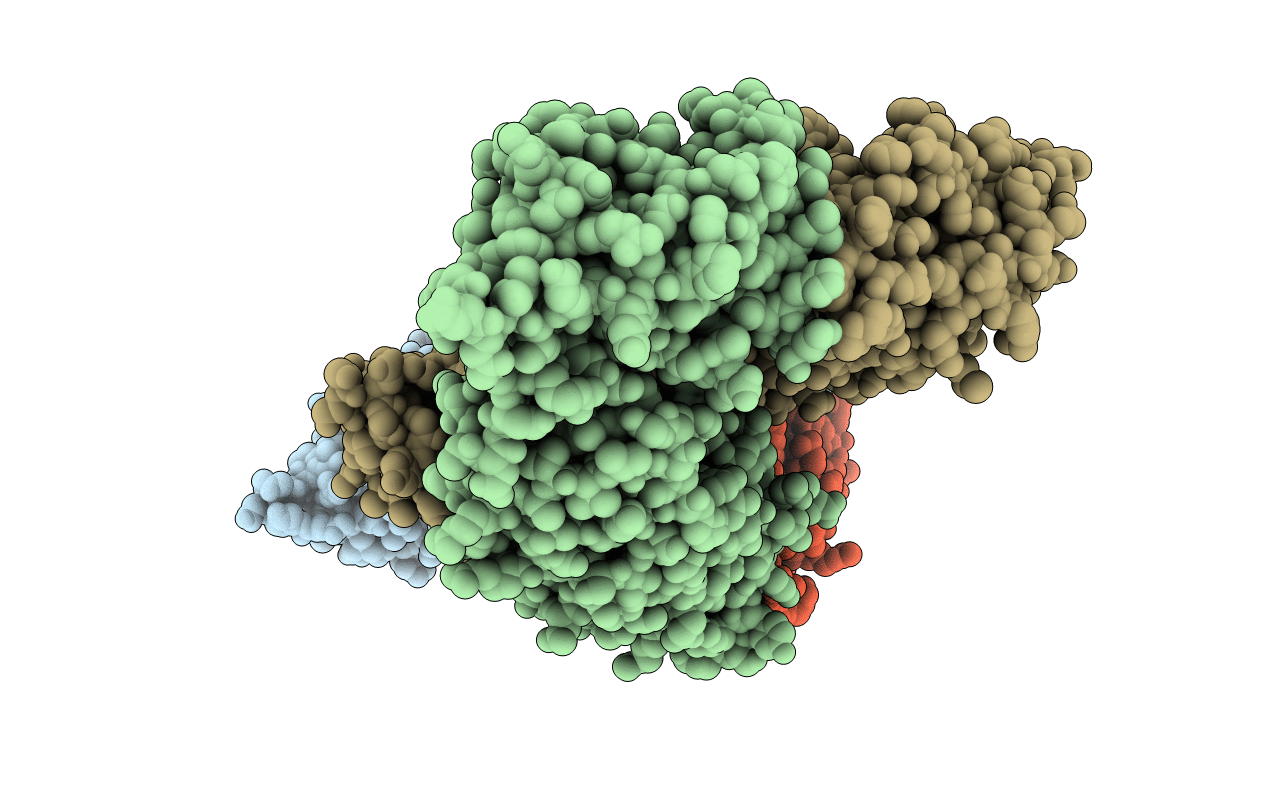
Deposition Date
2021-08-02
Release Date
2021-10-13
Last Version Date
2024-05-22
Method Details:
Experimental Method:
Resolution:
2.90 Å
R-Value Free:
0.23
R-Value Work:
0.20
R-Value Observed:
0.20
Space Group:
I 4 2 2


